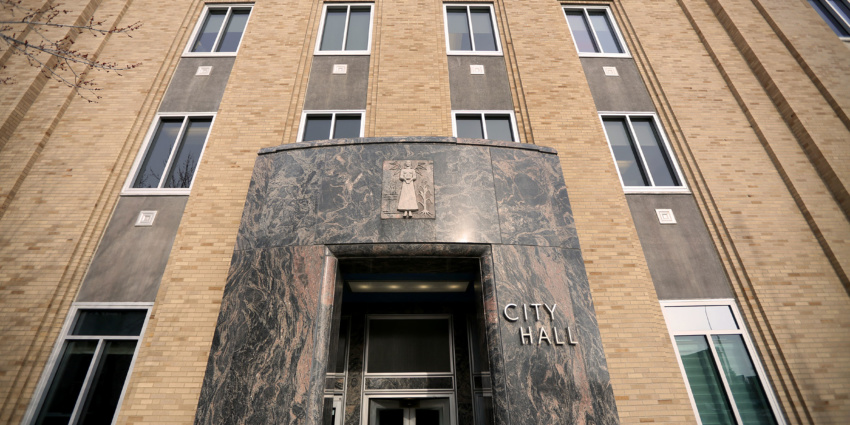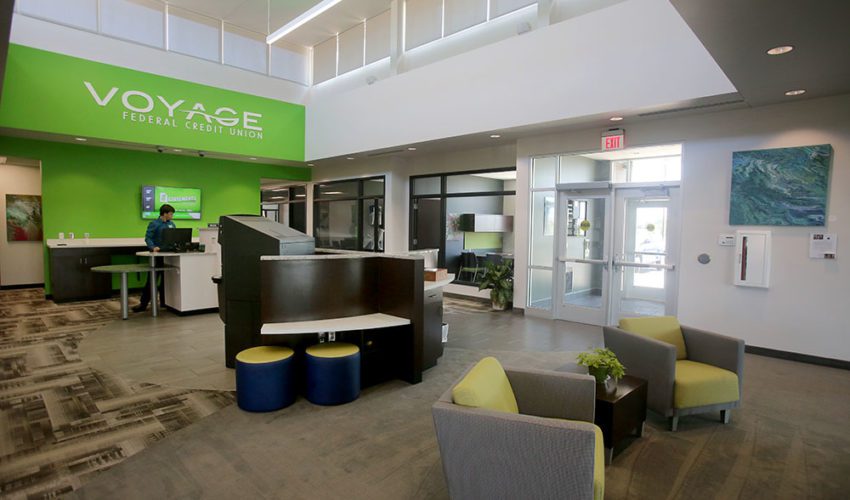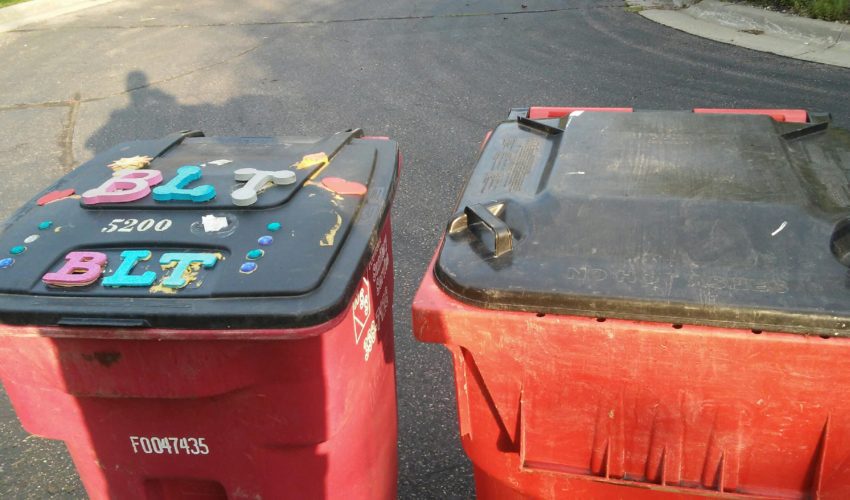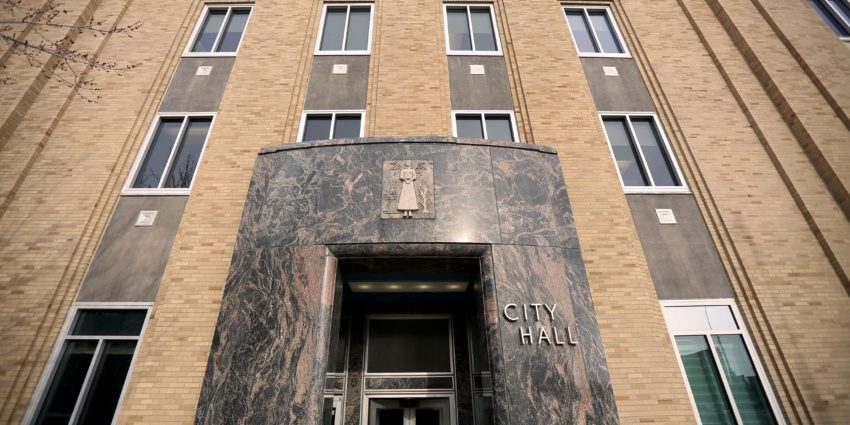City ends 2022 with revenues ahead of expenses, growing reserve
April 19, 2023
The city of Sioux Falls ended 2022 with a $5 million operating budget surplus, helped by a double-digit increase in sales tax revenue, and with a nearly $18 million fund balance in its capital improvement program.
“We definitely had a good year overall for our city in terms of revenues and expenses, and where we sit in terms of reserves,” director of finance Shawn Pritchett said in a report Tuesday to the Sioux Falls City Council.
“I think the residents and elected officials and administration and employees can be proud that we have a stable, well-run city.”
Sioux Falls ended 2022 with sales tax revenue up 12 percent compared with 2021.
“Our sales have been on a roller coaster ride” the past few years, Pritchett said.
Long term, the trend is around 4 percent.
“So certainly the last two years have been significantly increased from what we have experienced in the past.”
Through March of this year, sales tax revenue is up 4.6 percent, which is on par with historical averages but not as high as inflation, hovering at 6 percent.
The years of such revenue increases could be over, however.
“We’re already seeing that changing as we’re going into 2023,” Pritchett said.
The city now will have to determine what to do with the $17.8 million in available second-penny fund balance. After returning funds to reserves and accounting for $3 million in additional street project funding in 2023, it leaves $11.8 million in available fund balance.
“Proposals for use of these funds will be developed in the upcoming months to ensure we can continue our commitment to key infrastructure and quality-of-life projects,” Pritchett said following his presentation.
“But we will also recognize significant funding needs as we pull together our next five-year capital program, balancing this with a recognition that opportunities for investments in infrastructure and quality-of-life capital investments currently exceed anticipated revenue growth in the near term.”
The city’s entertainment tax ended 2022 up 14.5 percent, or about $2 million, which Pritchett credited to an accelerating economy.
“This is a much more volatile revenue source, and it’s primarily based on consumer demand,” he said.
Half of that revenue is from restaurants.
Operationally, city government came in slightly under budget. Operating expenses totaled $212.1 million, compared with the budgeted $219.2 million. About 60 percent of the operating budget funds were wages and benefits.
The city’s operating fund balance ended at $82.8 million, or 37.8 percent of annual operating expenses, which is above the city’s target of 25 percent.
Factoring in the city’s recent inflation-related and market-driven wage increases, the budget forecast — based on 4 percent annual sales tax revenue growth — pushes the reserve below the policy target in 2032.
“While this is nine years out, we must be patient and work through the process,” Pritchett said, cautioning against one-time spending despite the surge in revenue.
“Even though we’re looking at our current cash needs, we are looking at our long-term trajectory.”
In State of the City, TenHaken announces new quality-of-life, neighborhood investments








